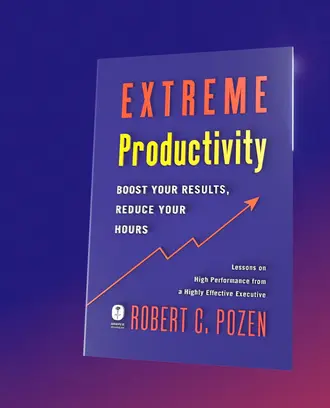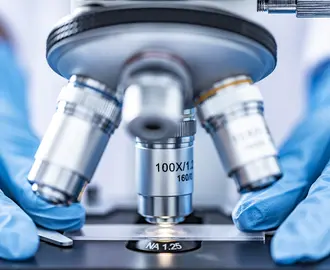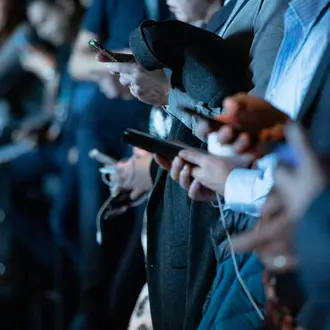CAMBRIDGE, Mass., January 8, 2018––For those of you who hate their commute or have spent more than an hour in traffic this week, and that would be almost all of us, rest assured there is hope.
A new study by scholars from the MIT Sloan School of Management and Boston University has outlined ways in which new apps such as Waze and Google Maps and self-driving cars, could in the future, be programmed to choose routes that will help ease traffic congestion in urban areas.
Traffic congestion is an expensive and growing problem in America. The average commuter in the U.S. spends 42 hours in traffic per year. The cost of commuter delays has risen by 260 percent over the past 25 years and 28 percent of U.S. primary energy is now used in transportation. Road congestion is responsible for about 20% of fuel consumption in urban areas. According to one estimate, the cumulative cost of traffic congestion in the U.S. will reach $2.8 trillion by 2030. At the individual citizen level, traffic congestion cost $1,740 per driver during 2014. If unchecked, this number is expected to grow by more than 60 percent, to $2,900 annually, by 2030.
“We can now leverage minute-by-minute traffic data, learn from the data, and develop strategies to reduce road congestion by inducing socially-aware driver behavior,” says Yannis Paschalidis, visiting professor at the MIT Sloan School of Management and Professor at the Boston University College of Engineering.
Paschalidis, Boston University Professor Christos Cassandras, and two of their students are the authors of the paper entitled, “The Price of Anarchy in Transportation Networks: Data-Driven Evaluation and Reduction Strategies” that will appear in the Proceedings of the IEEE, the flagship journal of the Institute of Electrical and Electronic Engineers.
Like many other economic and environmental problems, small changes can lead to big difference in outcomes. Apps such as Google Maps, Apple maps, and Waze can be programmed to offer drivers choices that are more beneficial to overall traffic patterns, even if these routes are not as direct or convenient for an individual driver. In other words, the apps and the vehicles can be programmed to lead drivers to take routes that favor the overall good of society (minimizing overall congestion) and not their own preferred travel routes. The result could be a better overall traffic system for everyone.
###



